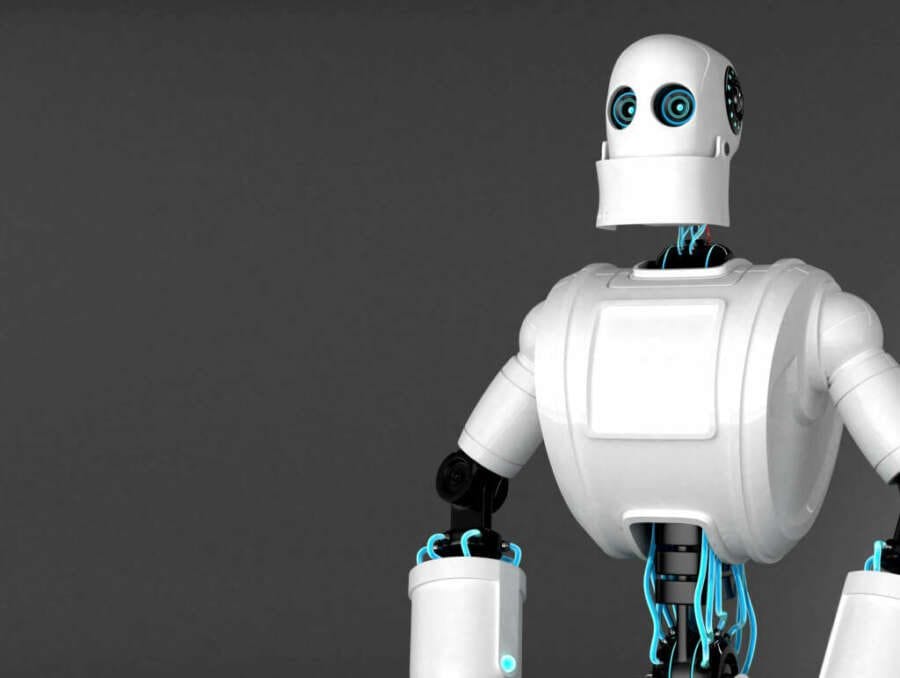
Eric Tyree, SVP of AI and Innovation, SS&C Blue Prism
Robotic process automation (RPA) has become widely recognized over the last few years as a valuable addition to any organization, with 94% of businesses implementing RPA already or planning to do so in the next few years. The reason behind RPA’s growing popularity is clear; it provides businesses with the means to automate often mundane processes once reserved for human workers. This not only frees up the human workforce to focus on more fulfilling tasks, encompassing creativity, empathy and critical thinking, but also means these tasks are being performed quicker and without error. This, in turn, leads to higher levels of employee satisfaction, major cost savings, increased productivity, quicker digital transformation and brings numerous other benefits to organizations.
However, as the digital landscape continues to grow and evolve, RPA is coming up short in several areas. This is where intelligent automation (IA) comes into play. IA incorporates technologies such as artificial intelligence (AI) and machine learning (ML) which, when combined with RPA, enables automated workers to learn from and collaborate with their human counterparts on more cognitively demanding processes.
Where does RPA fall short?
Put simply, RPA has limitations. It’s rules-based, meaning it can only deal with the linear-processes it has been programmed to deal with. This is great for tackling predictable and repetitive tasks and can be used effectively to complete high-volume actions in a fraction of the time they used to take, but it cannot comprehend more diverse or ambiguous processes.
RPA will only ever be able to perform tasks where it can find information it already knows how to find; navigate through pathways that have been previously laid out for it; complete keystrokes it’s been told to complete; and identify and extract the data it’s been told to look out for. It’s undeniably useful for carrying out a wide range of pre-defined actions, but therein lies the issue. The actions must be pre-defined.
It is this gap that IA can bridge. It encapsulates a number of AI technologies, including machine learning, structured and unstructured data interaction, intelligent document processing and natural language processing. If you combine this with the interactive capabilities of RPA, you then find yourself with an automation system capable of processing a much wider array of higher-function tasks.
Is there a benefit to starting with RPA before incorporating IA?
RPA is the foundation on which IA is built, working in tandem with AI to deliver intelligent automation. RPA is the platform that delivers AI capabilities to your processes. It’s a symbiotic, win-win relationship. AI gives RPA the enhanced capabilities needed to automate increasingly complex tasks, such as interacting with people, making decisions, reading, writing, and understanding documents. At the same time, RPA makes it much easier to incorporate AI into your organization because it delivers and implements AI directly into processes in a structured and easy to set up way.
For example, a banking system evaluating transactions to find indications of fraud will pull data from accounts to be fed into an AI algorithm. The AI engine looks at the patterns of a customer’s typical spending and whether any of this could be funding illegal activity. It can identify them, but that isn’t enough – action is then required. This might require multiple steps, such as alerting the government, freezing the transaction, communicating with internal examiners and notifying the customer. With IA, these actions can be easily handled by interacting with various systems (both inside and outside the organization) without requiring programming.
The applications of combining AI and RPA, as is the case with IA, are almost limitless.
Is it too late to move to IA?
Alongside the rest of the technology industry, the world of automation continues to develop rapidly. It can be immensely frustrating (not to mention costly) to invest in a current technology, only for the market to have moved on by the time you’ve implemented it within your organization. The good news here is that RPA and IA are intrinsically linked – so even if you’ve made a hefty investment into robotic process automation, it isn’t too late. The likelihood is that the system you’ve adopted will provide a solid framework from which to start your IA journey.
Pivoting to IA will help you maintain a competitive edge and is something many businesses are already taking advantage of. According to Deloitte’s annual automation survey, 73% of over 400 organizations surveyed around the world have begun integrating IA – a stark jump from the 58% reported the year prior. On top of this, Gartner has named ‘hyperautomation’ (which encompasses IA) a top strategic technology trend for the past three years, with IA’s scalability and ability to upend the traditional business model to stoke productivity, innovation, efficiency and ultimately ROI contributing to its rising popularity.
With the adoption and value of intelligent automation only set to continue, those businesses who future proof their operations now by integrating IA into their organization will reap the rewards of continued growth and stability for many years to come.


